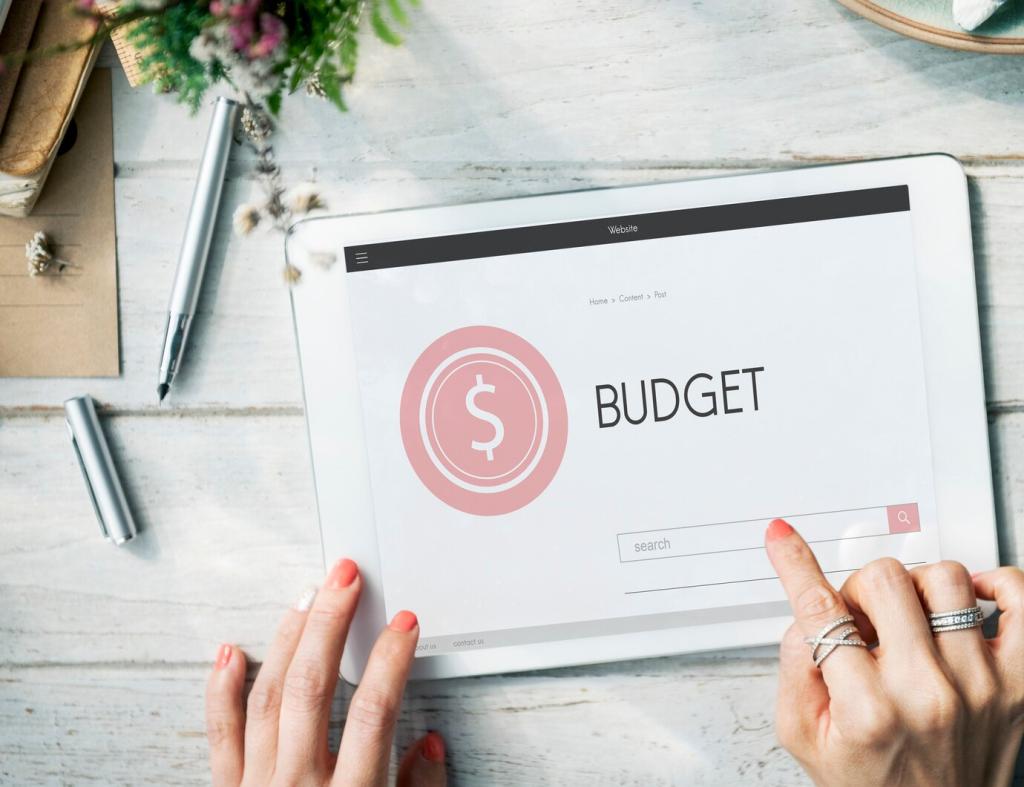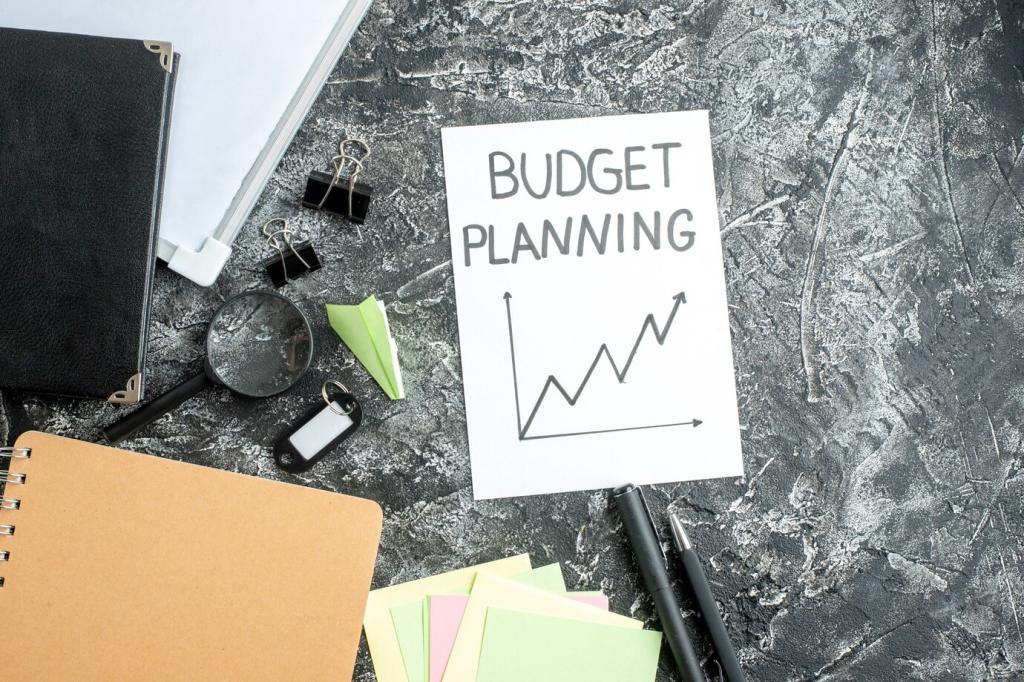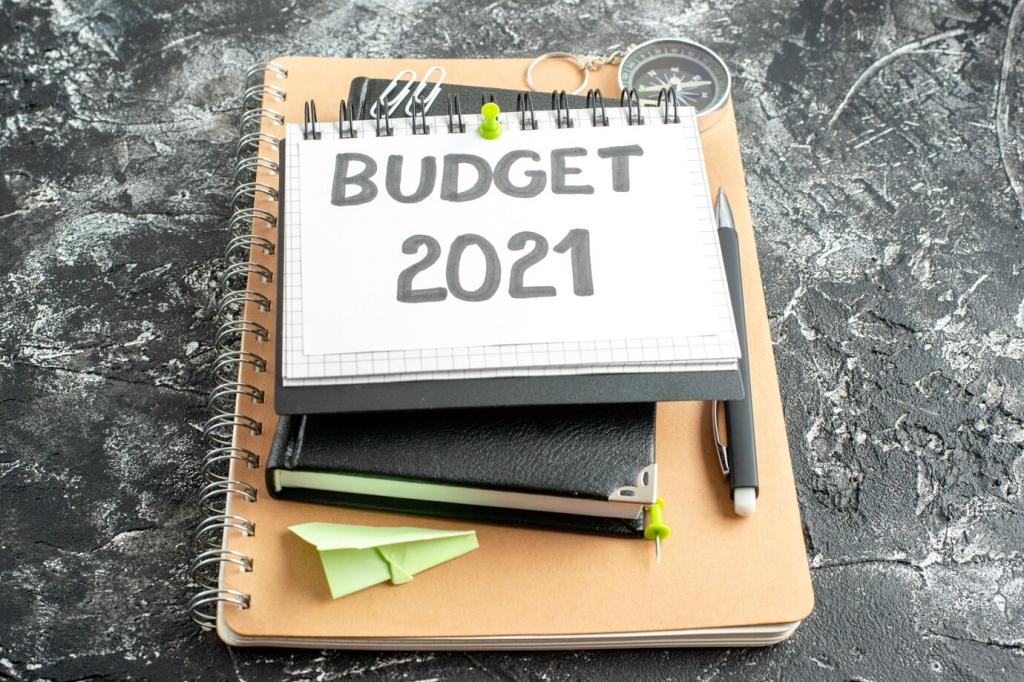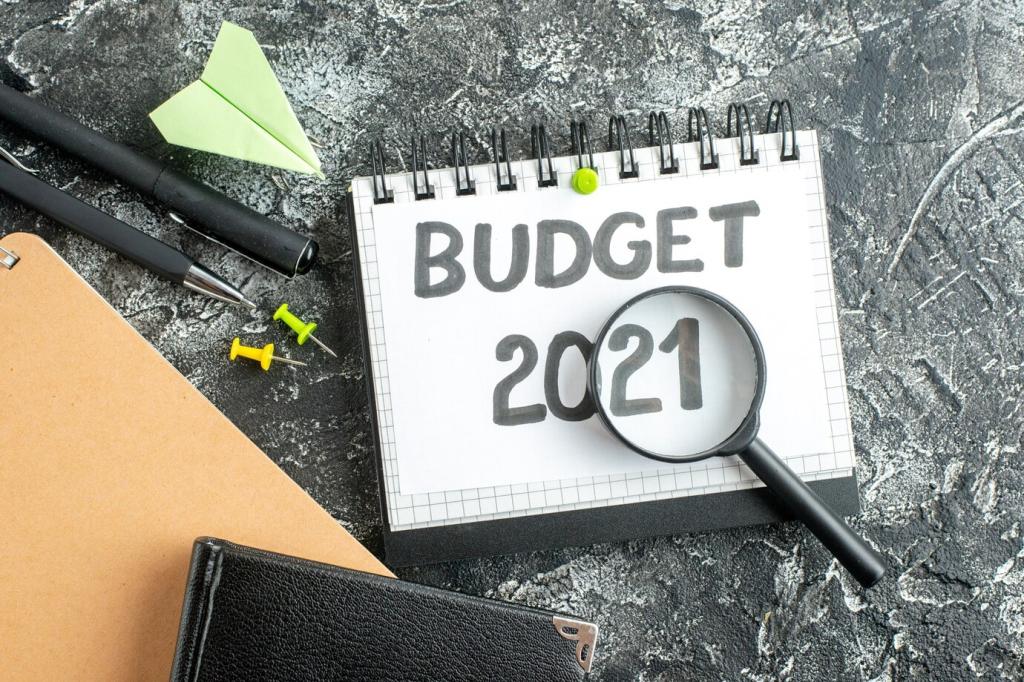Building an Emergency Fund: A Beginner’s Approach
Why Your Emergency Fund Matters Right Now

Peace of Mind When Plans Go Sideways
Research shows financial buffers reduce stress hormones and improve sleep quality. With a basic cushion, small crises feel manageable, not catastrophic. Imagine a flat tire becoming an inconvenience, not a full-blown spiral. That calm is why beginners start building today.

A True Story: Sam’s Layoff, Zero Panic
When Sam was laid off, his $1,500 starter fund covered rent and groceries long enough to find part-time work. Instead of frantic borrowing, he negotiated calmly, preserved his credit, and landed a better role. His fund turned fear into smart choices.

Avoiding the Debt Domino
Without an emergency fund, a surprise bill often means credit cards, fees, and stress. Debt stacks quickly, then interest compounds. A simple, dedicated fund breaks that chain, keeping small emergencies small and your long-term goals safely on track.
Set a Starter Goal You Can Actually Reach
01
Aim first for a starter fund—$500 to $2,000 covers many common surprises. After that, build toward three to six months of essential expenses. Beginners stay motivated by celebrating the first milestone, then steadily stacking the next steps.
02
List only what keeps your life running: rent or mortgage, utilities, groceries, transport, insurance, minimum debt payments. Add those up for one month. That number is your benchmark, guiding how much you eventually want in your emergency fund.
03
Name the account “Peace of Mind Fund” or “Job Security Cushion” to reinforce purpose. Keep a simple progress tracker on your phone. Share your goal in the comments for accountability, and subscribe to get weekly nudge reminders and checklists.
Where to Keep Your Emergency Fund
Use a high-yield savings account for better interest and fewer spending temptations. Keep it separate from daily money so you do not accidentally swipe it. Beginners appreciate how a dedicated account makes boundaries clear and choices simpler.
Where to Keep Your Emergency Fund
Choose institutions with FDIC or NCUA coverage up to applicable limits. Your emergency fund is not for risk or speculation. It is for stability, certainty, and access when life surprises you at the least convenient time.


Make Saving Automatic and Painless
Set a recurring transfer to your emergency fund the moment income lands. Even $15 or $25 per paycheck builds momentum. You will stop noticing the difference, but future-you will feel the relief when an unexpected bill appears.


Make Saving Automatic and Painless
Round up transactions, move found money, and skim small bonuses. Cancel one underused subscription and redirect the savings automatically. Beginners often discover that these quiet tweaks add up faster than they expected over a few short months.
Using and Rebuilding the Fund Wisely
Think urgent, necessary, and unexpected: medical bills, essential car repairs, sudden job loss. Not new furniture, not vacations. Clear rules reduce hesitation and guilt. Beginners thrive with boundaries that protect their progress and keep spending purposeful.
Stay Motivated for the Long Haul
Track milestones on a simple bar or spreadsheet, and celebrate small wins with zero-cost rewards. Visible progress activates motivation loops. Beginners who see steady gains stick with the plan long after the initial excitement fades.
Growing Beyond the Basics
Adjust for Life Shifts and Inflation
Review essential expenses annually and after major changes—new rent, childcare, or insurance. Inflation nudges targets higher. Beginners who schedule a quick audit keep their emergency fund realistic, relevant, and ready for whatever comes next.
Tiered Funds for Flexibility
Consider a two-tier setup: a quick-access savings for small shocks, plus a second, slightly harder-to-reach account for bigger crises. This structure helps beginners preserve momentum and avoid draining everything for minor inconveniences.
Protecting Your Progress
Freeze your debit card for the emergency account, disable impulse features, and set alerts. Add an identity monitoring step if possible. Share your guardrail ideas below, and subscribe for a printable checklist that keeps new savers on track.
